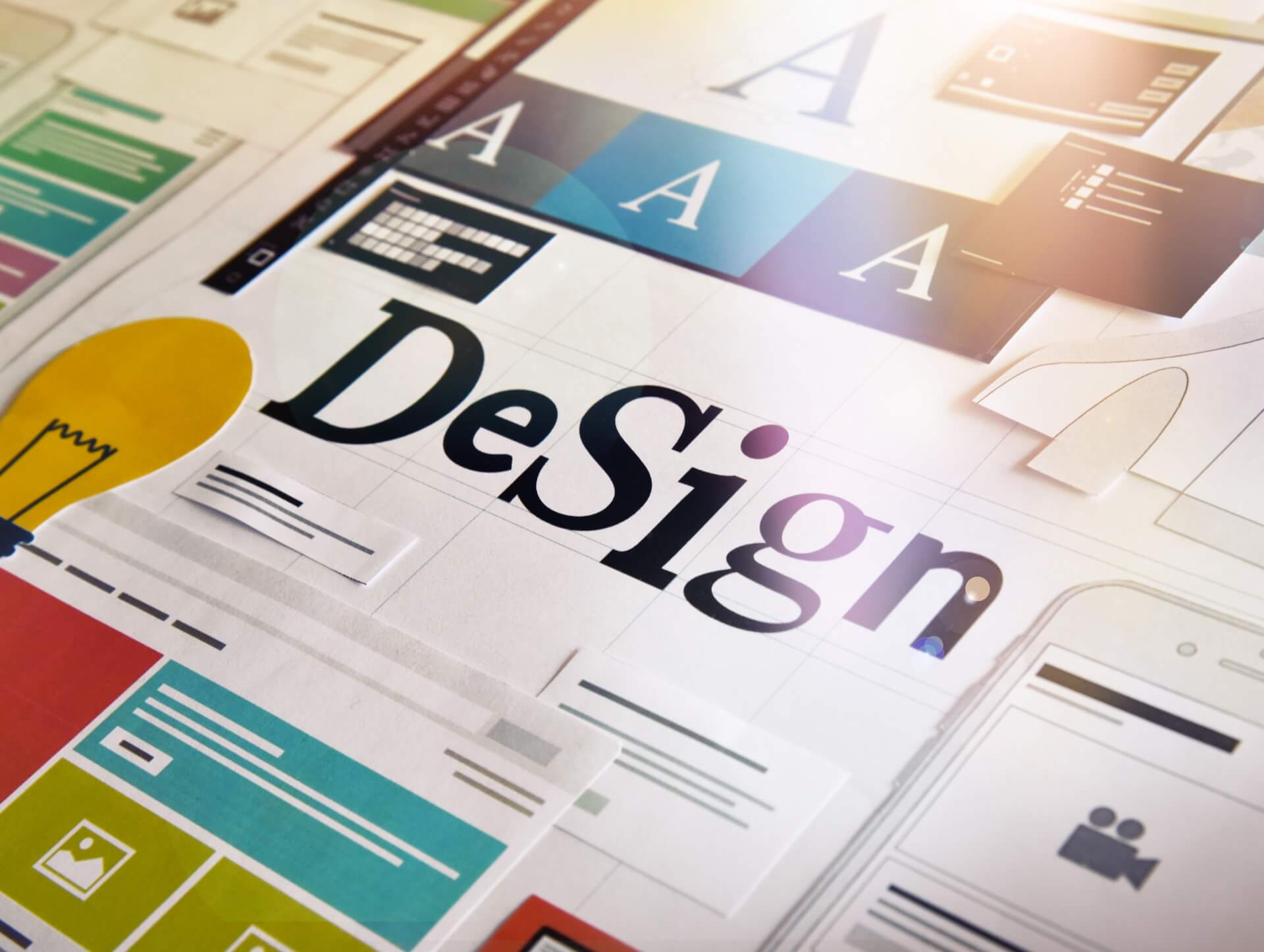The challenges of maintaining accessibility in graphic design

06/09/2023
Graphic design plays a crucial role in creating a visual identity for businesses. It encompasses various elements such as logo design, typography, color palette, and layout. However, while focusing on aesthetics and brand identity, it is equally important to consider accessibility in graphic design. Accessibility ensures that design elements are usable and understandable by all individuals, including those with disabilities. In this article, we will explore the challenges faced in maintaining accessibility in graphic design and how to overcome them.
Importance of Accessibility in Graphic Design
Before delving into the challenges, it is essential to understand why accessibility is vital in graphic design. Accessibility ensures that people with disabilities can access and understand the information conveyed through visual elements. It removes barriers and promotes inclusivity. By considering accessibility, businesses can reach a wider audience and provide equal opportunities for individuals with disabilities. Moreover, designing with accessibility in mind enhances the overall user experience, making it more user-friendly and intuitive.
Challenges in Maintaining Accessibility
While designing with accessibility in mind is crucial, it can present various challenges for graphic designers. Let's explore some of the common challenges:
1. Balancing Aesthetics and Accessibility
One of the primary challenges in maintaining accessibility in graphic design is finding a balance between aesthetics and accessibility. Designers often face the dilemma of ensuring visual appeal while making the design inclusive for individuals with disabilities. It requires careful consideration of color contrast, font size, and layout to ensure readability and usability for everyone. Striking the right balance is essential to create a visually appealing design without compromising accessibility.
2. Understanding Different Disabilities
Another challenge is understanding the diverse range of disabilities and their specific needs. Designers need to be aware of various disabilities such as visual impairments, hearing impairments, cognitive disabilities, and motor impairments. Each disability requires different design considerations. For example, individuals with visual impairments may require alternative text for images, while individuals with hearing impairments may benefit from closed captions in videos. Designers need to educate themselves about these disabilities and incorporate appropriate design solutions.
3. Meeting Web Accessibility Guidelines
Web accessibility guidelines, such as the Web Content Accessibility Guidelines (WCAG), provide standards and recommendations for creating accessible digital content. However, adhering to these guidelines can be challenging, especially for designers who are not familiar with them. It requires understanding complex technical requirements and ensuring that the design meets the necessary criteria. Designers need to stay updated with the latest accessibility guidelines and incorporate them into their design process.
4. Limited Accessibility Tools and Resources
While there are several accessibility tools and resources available, they may not always be easily accessible or affordable for designers. Designers often face limitations in terms of budget and access to specialized software or assistive technologies. This can hinder their ability to thoroughly test and evaluate the accessibility of their designs. It is crucial for designers to find alternative solutions and workarounds to ensure accessibility without relying heavily on expensive tools and resources.
Overcoming the Challenges
Maintaining accessibility in graphic design may present challenges, but they can be overcome with the right approach and mindset. Here are some strategies to overcome the challenges:
1. Collaboration and Consultation
Collaboration and consultation with individuals with disabilities, accessibility experts, and other stakeholders can greatly enhance the accessibility of a design. By involving individuals with disabilities in the design process, designers can gain valuable insights and feedback on the usability and accessibility of their designs. Accessibility experts can provide guidance and ensure that the design meets the necessary standards and guidelines. Consulting with stakeholders, such as clients and users, can also help identify specific accessibility requirements and preferences.
2. Education and Training
Continuous education and training are essential for designers to stay updated with the latest accessibility guidelines and best practices. By investing time in learning about different disabilities and their specific needs, designers can better understand the design considerations required for accessibility. There are various online courses, workshops, and resources available that can help designers enhance their knowledge and skills in accessible design. By improving their understanding of accessibility, designers can incorporate it seamlessly into their design process.
3. Usability Testing and Feedback
Usability testing plays a crucial role in identifying accessibility issues and gathering feedback from users. Designers should conduct usability tests with individuals with disabilities to ensure that their designs are usable and accessible. Usability testing provides valuable insights into the user experience and helps identify areas for improvement. By incorporating feedback from individuals with disabilities, designers can make informed decisions and iterate on their designs to enhance accessibility.
4. Accessibility Tools and Resources
While accessibility tools and resources may have limitations, they can still be valuable aids in the design process. Designers should explore and utilize available tools and resources to evaluate the accessibility of their designs. There are numerous free or low-cost tools that can help designers test color contrast, check for alternative text, and assess overall accessibility. By incorporating these tools into their workflow, designers can ensure that their designs meet the necessary accessibility criteria.
Conclusion
Maintaining accessibility in graphic design is a complex task that requires a combination of knowledge, skills, and empathy. By understanding the importance of accessibility and the challenges it presents, designers can take proactive steps to create inclusive and accessible designs. Collaboration, education, usability testing, and utilizing available tools and resources are key strategies to overcome the challenges and ensure that graphic design is accessible to all individuals, regardless of their abilities.
Contact us

Spanning 8 cities worldwide and with partners in 100 more, we’re your local yet global agency.
Fancy a coffee, virtual or physical? It’s on us – let’s connect!

